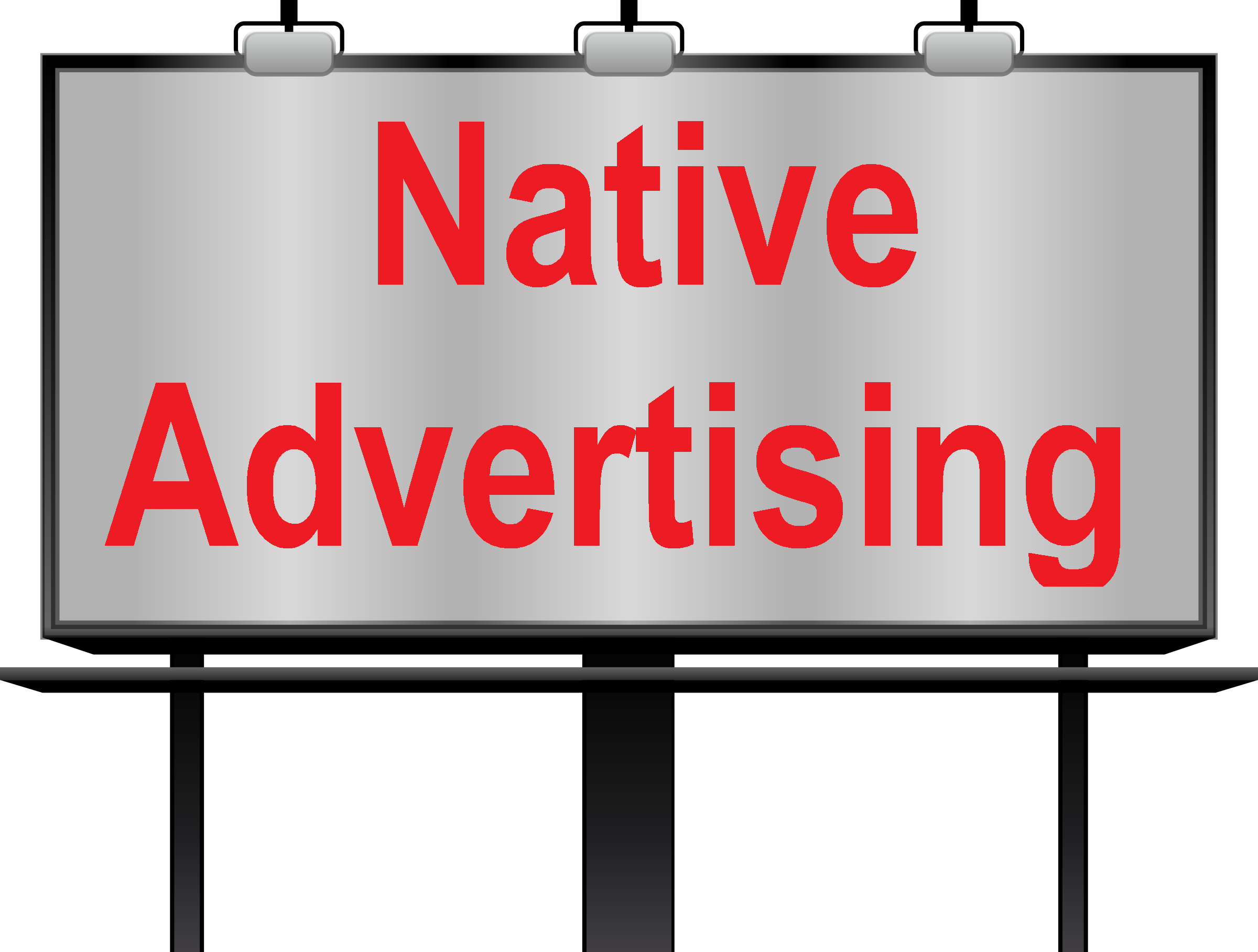 Native advertising (sponsored content that looks like editorial content) may be an untapped marketing goldmine. Data indicates that native advertising interests readers as much as editorial content.
Native advertising (sponsored content that looks like editorial content) may be an untapped marketing goldmine. Data indicates that native advertising interests readers as much as editorial content.
The New York Times, working with web analytics company Chartbeat, recently analyzed how paid posts created by T Brand Studio, the newspaper’s native advertising unit, compared to its editorial content, its other advertising content, and editorial of other sites based on unique visitors, active time on a page, and social media traffic.
The study found that native ads in The New York Times generated 361 percent more unique visitors and 526 percent more time engaged with the post than paid posts from third-party advertisers. Half of the native ads in the Times outperformed editorial content on other sites. Some of the Times’ native ads garnered as much engagement as top-performing editorial content.
Good Content Counts
Documentary-style posts offering up close profiles or behind-the-scenes examinations received the most engagement. Examples include profiles of New York City Ballet dancers in the Cole Haan-sponsored “Grit and Grace,” or the “Women Inmates: Why the Male Model Doesn’t Work” sponsored by Netflix.
“We’ve noted for quite some time that great stories can come from anywhere, and certainly from brands,” said Michael Zimbalist, SVP of advertising products and research & development at the Times, according to Contently. “This is part of the proof point that audiences will engage with great content regardless of its provenance, provided they have a sense of where it’s coming from.”
The sponsored content gained a luster that paid advertising does not because:
1) native ads appear to be editorial content (though they are labeled as sponsored),
2) readers likely assumed that the content was reviewed and vetted by NYT journalists,
3) the content was not self-serving or promotional.
As illustrated in native ads that appeared in The New York Times, the most effective sponsored content tells engaging stories rather than promoting product features. The long history of overtly promotional sponsored content in newspapers and magazines (sometimes called advertorials) demonstrates that such promotional approaches seldom achieve the same level of readership as the native ads in The New York Times that were very much issue-oriented and community service.
Will Native Ads Diminish the Importance of Media Relations?
According to BI Intelligence and the Interactive Advertising Bureau report, native advertising will generate $21 billion in ad spending by 2018—more than four times that of 2013.
Native advertising may compete with traditional media relations for budget dollars and readership. Native advertising has the advantage of guaranteed placement (at substantial cost); PR can’t guarantee media placements. Stories that PR does place, however, are published at no cost and often contain promotional brand messages.
PR and media relations will continue to survive and probably thrive in the emerging era of native (paid) advertising. In fact, many PR departments and agencies are well-positioned to create and craft sponsored content stories for their companies and clients. PR pros will bring their strategic vision and storytelling skills to develop compelling native advertising that enlightens the audience and boosts the sponsor’s corporate reputation.
Bottom Line: Native advertising continues to grow and produce revenue for publishers and readership for brands. Native ads that enlighten attract significant readership. If current trends continue, native ads could become a go-to corporate positioning and marketing solution for many brands.
William J. Comcowich founded and served as CEO of CyberAlert LLC, the predecessor of Glean.info. He is currently serving as Interim CEO and member of the Board of Directors. Glean.info provides customized media monitoring, media measurement and analytics solutions across all types of traditional and social media.





Trackbacks/Pingbacks